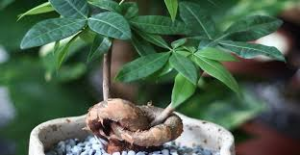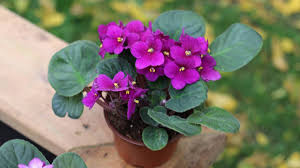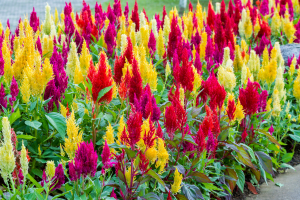Celosia: When To Plant
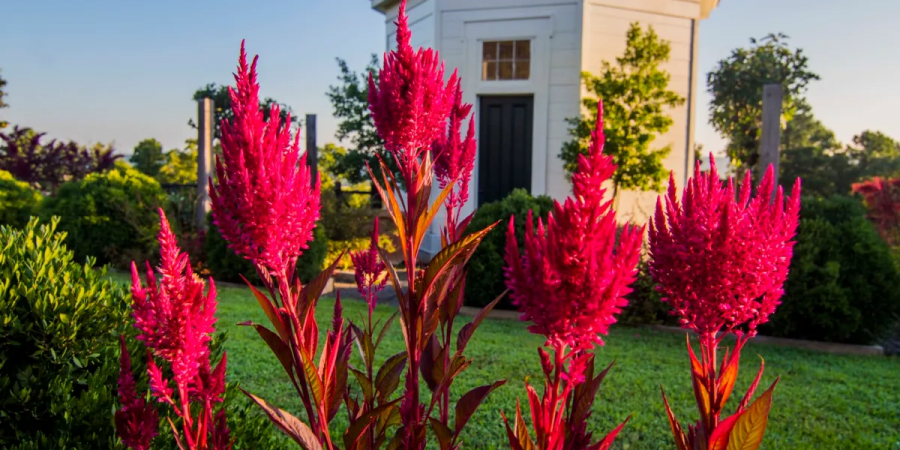
Celosia, a garden favorite, is renowned for its vivid colors and intriguing flower shapes. This comprehensive guide delves into the nuances of planting Celosia, ensuring your garden is a vibrant showcase of these stunning blooms. From understanding the plant’s nature to mastering its planting and care, we cover everything you need to know to make your Celosia thrive.
Table of Contents
What is Celosia?
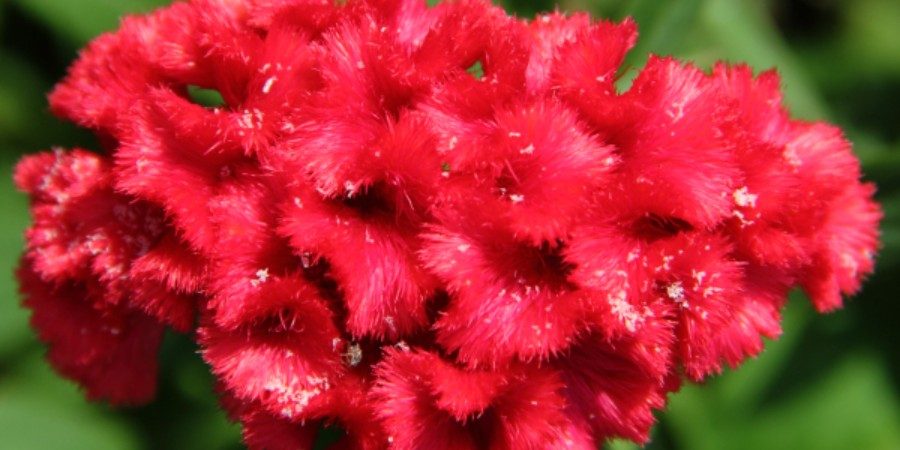
Celosia, commonly known as cockscomb, belongs to the Amaranthaceae family. It’s celebrated for its fiery, bright flowers that resemble flames or coral structures. Thriving in warm climates, Celosia is a symbol of boldness and beauty in any garden. Often grown as an annual in cooler regions, it’s a plant that demands attention with its striking appearance and range of colors.
Common Name | Celosia, Cockscomb |
|---|---|
Botanical Name | Celosia spp. |
Family | Amaranthaceae |
Plant Type | Annual |
Mature Size | Varies by type; typically 6 inches to 2 feet tall |
Sun Exposure | Full sun |
Soil Type | Well-drained, fertile |
Soil pH | Slightly acidic to neutral (pH 6.0 to 7.0) |
Flower Color | Red, pink, orange, yellow, purple, and more |
Hardiness Zones | Typically grown as an annual |
Native Area | Africa, Asia, and the Americas |
Toxicity | Generally non-toxic |
Main Types of Celosia
Celosia is primarily categorized into three types: Celosia argentea var. cristata, known for its brain-like, crested flowers; Celosia argentea var. plumosa, featuring feathery, plume-like blooms; and Celosia argentea var. spicata, distinguished by its spike-like flowers. Each type offers a unique aesthetic, with a spectrum of colors from fiery reds and oranges to soft yellows and pinks, making them versatile for various garden designs.
When to Plant Celosia
This succulent prefers a sandy, well-draining soil to prevent root rot. A commercial cactus or succulent mix is ideal, but you can make your own by mixing 2 parts standard potting soil, 2 parts coarse sand, and 1 part perlite or pumice. This fast-draining medium will support root health, an essential factor for succulents’ survival. It’s crucial to avoid soil types that retain moisture, like clay, as these can cause the roots to remain wet and promote fungal diseases.
Where Celosia Thrives Best
Aeonium ‘Voodoo’ does best in warmer temperatures and doesn’t fare well in freezing conditions. It thrives in temperatures between 65 – 75°F (18 – 24°C) and requires protection from frost. If you live in a zone with colder winters, consider growing it in a container that you can move indoors during freezes. While this plant prefers a drier climate and high humidity levels can lead to rot, it can tolerate coastal areas’ moisture. During heatwaves, providing shade can help prevent the leaves from getting sunburnt.
How to Plant Celosia
Watering Aeonium ‘Voodoo’
Planting Celosia is a straightforward process that can bring vibrant colors to your garden. Here’s a step-by-step guide:
- Choose the Right Time: Plant Celosia seeds after the last frost in spring when the soil has warmed up.
- Select a Suitable Location: Choose a spot that receives full sun for at least 6-8 hours a day. Celosia thrives in well-drained, fertile soil.
- Prepare the Soil: Loosen the soil and mix in compost or a balanced fertilizer to enrich it.
- Sow the Seeds: Plant Celosia seeds shallowly, about 1/8 inch deep. Space the seeds or seedlings about 8 to 10 inches apart.
- Water Gently: Water the seeds gently but thoroughly. Keep the soil consistently moist until germination, which usually occurs within 1-2 weeks.
- Provide Care: Once the seedlings emerge, reduce watering but ensure the plants receive enough moisture, especially during dry spells.
- Mulching: Apply a layer of mulch around the plants to retain moisture and control weeds.
- Fertilize: Feed the plants with a balanced fertilizer every 4-6 weeks to encourage robust growth.
- Deadheading: Remove spent flowers to encourage more blooms and extend the flowering period.
- Watch for Pests and Diseases: Keep an eye out for common pests like aphids and fungal diseases. Treat promptly if needed.
Conclusion
Celosia is an exceptional choice for adding a splash of color and texture to your garden. By planting at the right time and providing the right conditions, you can enjoy a lush, vibrant display of Celosia blooms throughout the growing season. Their ease of care and stunning appearance make them a must-have for any flower enthusiast.
People Also Ask
Celosias can be transplanted or direct sown, but transplants are recommended for most climates. Sow seeds indoors 6-8 weeks before your Average Last Spring Frost. Be sure to keep them in a warm place as they are growing. They can be transplanted out after the threat of frost.
Plant in well-draining soil or in containers with a well-drained potting mix. Richer soil produces more vibrant blooms. For the brightest blooms, plant celosia where it will receive at least six hours of full sun each day.
Celosias are native to East Africa and the Mediterranean, and they enjoy warmth. These plants are low-maintenance annuals in most areas and tender perennials in USDA Hardiness Zones 10 and 11. They do better in garden beds than in pots. Plant established seedlings outside in spring after all danger of frost has passed.

